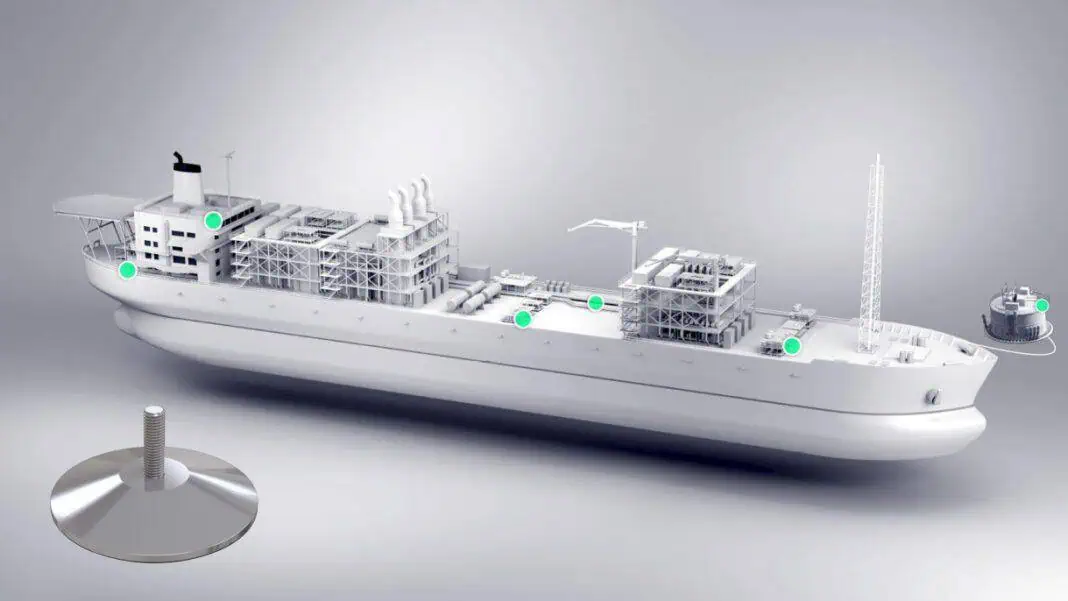Bureau Veritas, a world leader in testing, inspection and certification, has delivered an Approval in Principle to COLD PAD for their C-Claw™ technology.
C-Claw™ is a heavy-duty fastener for steel structures that is non-intrusive (no hole and no hot work is required). It was designed as an alternative to welding and drilling for the maritime and offshore sectors. The technology offers a quick fastening solution for any structural outfitting, maintenance and modification operations, including works on cable trays, pipe supports, skids, handrails, or ladders.
The CEO of COLD PAD, Jean-Philippe Court, explained: “C-Claw™ has been developed for marine environments like offshore platforms. It is truly revolutionary in the marine world and inspired by composite techniques that have been used for decades in aeronautics, with an exceptional reliability and durability due to a process-controlled installation”.
The Approval in Principle follows years of collaboration between Bureau Veritas and COLD PAD and was delivered following rigorous mechanical testing and a review of the installation procedure. BV and COLD PAD are already working together towards design approval with a view to obtaining a Type Approval Certificate, further confirming that the innovative technology is safe to use and any risks have been assessed.
Floating Production Storage and Offloading (FPSO) units require a high level of maintenance due the harsh environment they operate in. C-Claw brings a cost-effective and efficient solution to the industry as the demand for FPSO continues to grow. I am glad we, as a class society, can support and bring expertise to help new technology providers to innovate and develop new solutions that will help the marine industry.
LAURENT LEBLANC, Senior Vice President Technical & Operations, Bureau Veritas Marine & Offshore
COLD PAD is an industrial start-up that provides innovative solutions designed to improve the reliability of structural bonding for harsh industrial environments. COLD PAD’s solutions cover the majority of structural issues via cold working techniques to maximize production time and safety.












